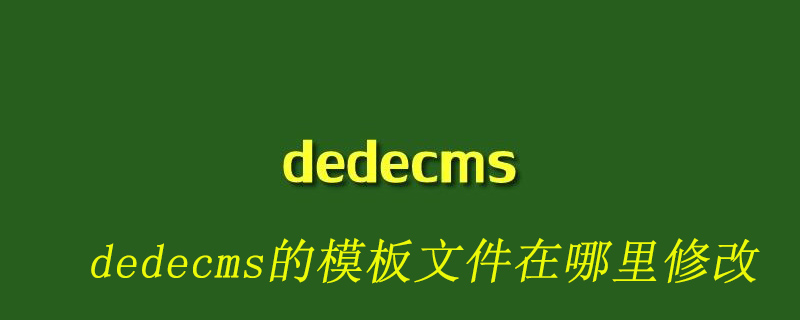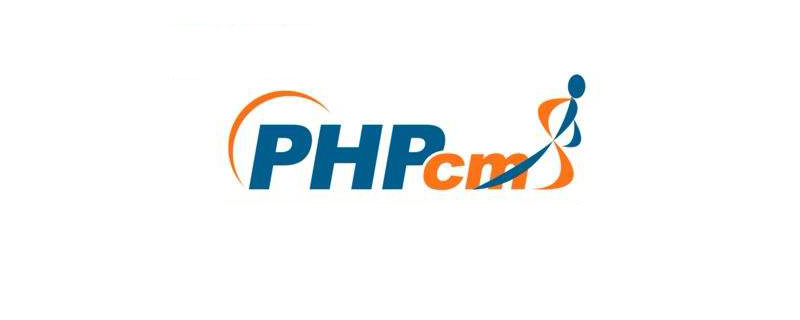
如何開發(fā)一個自動生成關(guān)系圖的wordpress插件
隨著信息時代的發(fā)展,我們生活中產(chǎn)生的數(shù)據(jù)越來越多,數(shù)據(jù)之間的關(guān)系也變得越來越復(fù)雜。為了更好地理解和呈現(xiàn)數(shù)據(jù)之間的關(guān)聯(lián),關(guān)系圖成為了一種重要的可視化工具。而WordPress作為全球最流行的內(nèi)容管理系統(tǒng),為網(wǎng)站建設(shè)者提供了簡單易用的平臺。本文將介紹如何開發(fā)一個自動生成關(guān)系圖的WordPress插件,并附帶代碼示例。
首先,我們需要了解關(guān)系圖的基本結(jié)構(gòu)。關(guān)系圖主要由節(jié)點(Node)和邊(Edge)組成。節(jié)點即數(shù)據(jù)的實體,可以是人物、物品、地點等;邊則表示節(jié)點之間的關(guān)系。在開發(fā)插件之前,我們需要定義關(guān)系圖數(shù)據(jù)的存儲結(jié)構(gòu)。
// 創(chuàng)建節(jié)點類型 function create_node_post_type() { register_post_type( 'node', array( 'labels' => array( 'name' => __( '節(jié)點' ), 'singular_name' => __( '節(jié)點' ) ), 'public' => true, 'has_archive' => true, 'rewrite' => array('slug' => 'node'), ) ); } add_action( 'init', 'create_node_post_type' ); // 創(chuàng)建邊類型 function create_edge_post_type() { register_post_type( 'edge', array( 'labels' => array( 'name' => __( '邊' ), 'singular_name' => __( '邊' ) ), 'public' => true, 'has_archive' => true, 'rewrite' => array('slug' => 'edge'), ) ); } add_action( 'init', 'create_edge_post_type' );
在上述代碼中,我們使用了WordPress提供的register_post_type函數(shù)創(chuàng)建了兩個自定義的文章類型:node和edge。節(jié)點類型對應(yīng)關(guān)系圖中的節(jié)點,邊類型對應(yīng)關(guān)系圖中的邊。這樣,我們就可以使用WordPress的文章功能來管理關(guān)系圖的數(shù)據(jù)。
接下來,我們需要創(chuàng)建一個頁面來展示關(guān)系圖。在WordPress中,我們可以使用自定義頁面模板來實現(xiàn)這一功能。以下是一個簡單的頁面模板示例:
/* Template Name: 關(guān)系圖模板 */ ?> <?php get_header(); ?><?php $args = array( 'post_type' => 'node', 'posts_per_page' => -1 ); $nodes = new WP_Query($args); $args = array( 'post_type' => 'edge', 'posts_per_page' => -1 ); $edges = new WP_Query($args); ?> <div id="graph"></div> <script> // 在這里編寫生成關(guān)系圖的代碼 </script><?php get_footer(); ?>
在自定義頁面模板中,我們使用了WP_Query來獲取所有的節(jié)點和邊。然后,我們可以在
中編寫生成關(guān)系圖的代碼。關(guān)系圖的生成可以使用第三方JavaScript庫,如D3.js、Vis.js等。
最后,我們需要將插件打包,并在WordPress中安裝和激活插件。以下是一個簡單的插件入口文件示例:
<?php /* Plugin Name: 關(guān)系圖插件 Plugin URI: https://example.com Description: 自動生成關(guān)系圖的WordPress插件 Version: 1.0 Author: Your Name Author URI: https://yourwebsite.com License: GPL2 */ // 配置文件 define( 'RELATIONSHIP_PLUGIN_DIR', plugin_dir_path( __FILE__ ) ); define( 'RELATIONSHIP_PLUGIN_URL', plugin_dir_url( __FILE__ ) ); // 在頁面中加載腳本和樣式 function enqueue_relationship_scripts() { wp_enqueue_script( 'relationship-script', RELATIONSHIP_PLUGIN_URL . 'js/script.js', array( 'jquery' ), '1.0', true ); } add_action( 'wp_enqueue_scripts', 'enqueue_relationship_scripts' ); function enqueue_relationship_styles() { wp_enqueue_style( 'relationship-style', RELATIONSHIP_PLUGIN_URL . 'css/style.css' ); } add_action( 'wp_enqueue_scripts', 'enqueue_relationship_styles' ); // 注冊頁面模板 function register_relationship_template( $templates ) { $templates['custom-template.php'] = '關(guān)系圖模板'; return $templates; } add_filter( 'theme_page_templates', 'register_relationship_template' ); // 添加設(shè)置菜單 function relationship_plugin_menu() { add_options_page( '關(guān)系圖插件設(shè)置', '關(guān)系圖插件', 'manage_options', 'relationship-plugin', 'relationship_plugin_options' ); } add_action( 'admin_menu', 'relationship_plugin_menu' ); // 設(shè)置頁面的內(nèi)容 function relationship_plugin_options() { if ( ! current_user_can( 'manage_options' ) ) { wp_die( __( 'You do not have sufficient permissions to access this page.' ) ); } // 在這里添加設(shè)置頁面的內(nèi)容 }
在上述代碼中,我們使用了WordPress提供的插件開發(fā)機制來創(chuàng)建插件。在插件入口文件中,我們注冊了插件的設(shè)置菜單和自定義頁面模板,并分別添加了加載腳本和樣式的功能。
通過以上步驟,我們就成功開發(fā)了一個自動生成關(guān)系圖的WordPress插件。用戶可以使用管理后臺來管理關(guān)系圖的數(shù)據(jù),通過自定義頁面模板來展示關(guān)系圖。同時,插件具有可擴展性,可以根據(jù)需要添加更多功能和樣式。
綜上所述,開發(fā)一個自動生成關(guān)系圖的WordPress插件并不復(fù)雜,只需要了解關(guān)系圖的基本結(jié)構(gòu),并且靈活使用WordPress提供的功能和機制即可。希望本文能對你有所幫助,并激發(fā)你開發(fā)更多實用的WordPress插件的靈感。



















